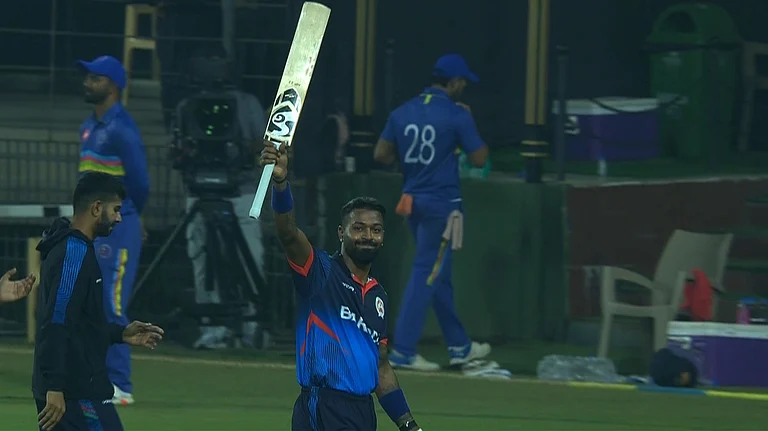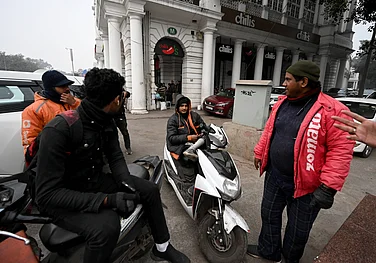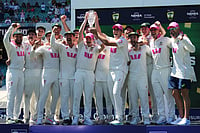THE supreme test of a country's resilience is its capacity to turn a crisis into an opportunity for introspection and renewal. Our victory in Kar-gil will thus not be complete if we do not learn some important lessons from it for the future. The first concerns the failure of intelligence. Attempts are being made, even now, to identify the 'Guilty men of 1999', but this must not be allowed to degenerate into a search for scapegoats. There were deep structural reasons for the failure—for which a succession of governments were responsible—which need to be remedied.
The first is the lack of accountability that has developed in RAW. On the one hand, it has all the time and all the money to play destabilising games with Arakan insurgents in Myanmar and to organise an inquisition of the then navy chief, Admiral Bhagwat, for not swallowing its misinformation and successfully intercepting an Arakan arms shipment in February '98. But although it has at least one and possibly two operatives in Switzerland, it failed to get even an inkling of Pakistan's purchase of 40,000 pairs of snowboots, ultra-light rucksacks, down-filled parkas and snow goggles last summer.
Similarly, if it has an operative in Baltistan, that operative must have been fast asleep. For, the Pakistanis were improving roads and strengthening bridges to the LoC and building supply camps at its base all last summer. Admittedly, all agencies, from the CIA and Mossad to the ISI, tend to become private empires. That can be tolerated if they are efficient. But RAW has proved that it is not, and so cannot be shown that indulgence.
The second concerns the failure of surveillance. Here, too, an attempt is being made to find scapegoats in the army in Kargil and Srinagar. But the plain truth is that the lack of information that first allowed the Pakistani soldiers to capture the ridges and then led Indian commanders to commit troops in suicidal raids against an enemy whose strength and location they did not know, has far deeper roots. For aerial surveillance, the air force has a limited capacity through camera-equipped MiG 25s. The army has nothing except its helicopters. It has to depend on two planes belonging to RAW equipped with antiquated cameras, and a satellite of insufficient resolution to detect the movement of men or, for that matter, snowmobiles. All three were mobilised after the first of two patrols sent out to intercept the infiltrators failed to return on May 10-11. But it was not till May 18-19 that the army finally got results. This was because the pictures were analysed at a centralised facility, from where it was sent to Delhi, from where it was relayed after further analysis to Service HQ, from where it was sent to Srinagar, from where it was sent to Kargil! So it was not till May 21 that local commanders got a reasonably clear idea of how many intruders were involved and what positions they occupied. But by that time, the position on the ground had changed and the information was worthless. It was in fact misleading because it led the local commanders and army HQ to underestimate the scale of the incursion. And all this in the age of digital cameras and real-time transmission of film and photographs!
The third concerns the financial starvation of the defence forces. It is not only that the Pakistani soldiers were far better equipped. It is that 80 per cent of all our deaths occurred in Pakistani artillery fire we couldn't suppress as the army lacked a counter-battery, or weapon-locating radar (WLR, which Pakistan has had for 15 years). Had it not been available, it would have been one thing. But in '97, the US had cleared the sale of a WLR far superior to what it gave Pakistan. The letter sat unanswered in a defence ministry file for almost a year as he/she/it preferred (heaven knows why) to buy a far inferior European system. The army was either not consulted or was overruled. In the end, India got neither. By the same token, when war broke out, India had already signed an agreement with Russia for satellite photos with a one metre resolution, but the money had not been paid, so we got no photos till the payment was hastily made some time after the war had begun. The army may cashier an erring brigadier for not having sent up a helicopter when he should have. But what about delinquent defence and finance ministry officials who committed far greater sins of omission?
THE fourth concerns the function of the army. Over the past 16 years, it had been degraded into a counter-insurgency force that had lost its war-fighting capability. This was especially true of its senior and middle-level officers who had been told ad nauseam that the age of high-intensity conventional war was over. If Kargil has anything to teach us, it is that no country can afford to let itself be lulled into folly in this way. The army must be separated once and for all from counterinsurgency operations. The latter should be handed over to the Rashtriya Rifles (RR). The number of battalions should be increased by inducting army jawans when they retire from the regular army. This will give the RR veterans who are less likely to over-react when attacked in crowded civilian locales, and save the pension that would otherwise have to be paid. Finally, the army must not be made to pay the RR's salaries as it is doing today.
To sum up, the Kargil war has exposed the self-serving pretentiousness of the IAS' concept of 'civil supremacy' in a democracy. This plea has been used to justify a systematic lack of accountability and as a cover for inexplicable lapses and nefarious defence deals. This pernicious doctrine must be laid to rest. Inputs should be invited from all branches of government concerned, but the final decision on all operational, personnel and weapons procurement issues must rest with the service chiefs.























